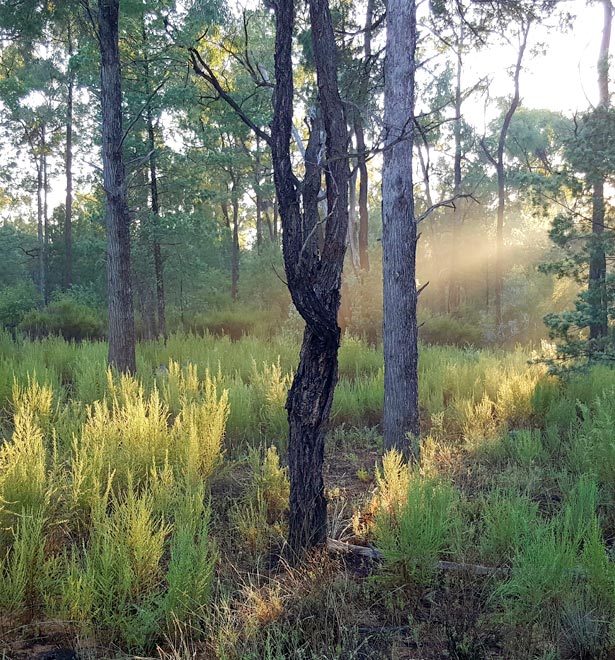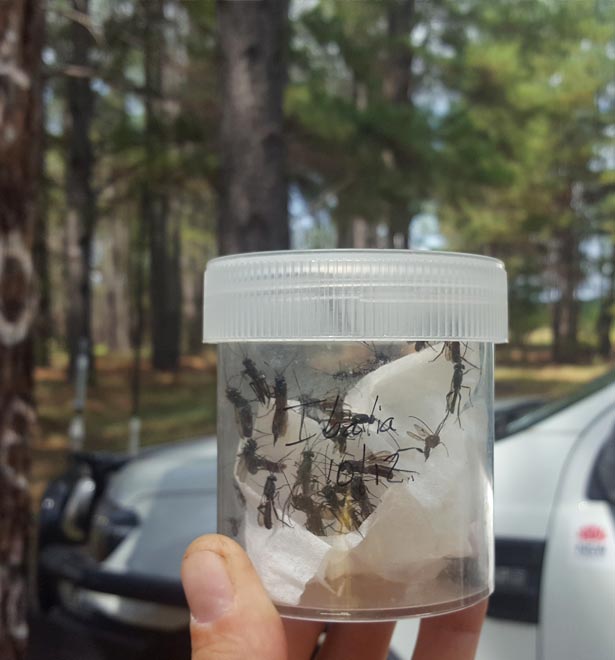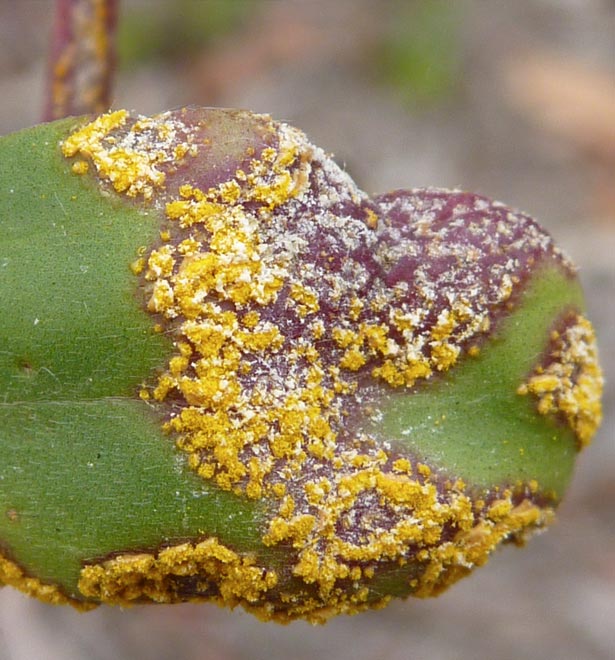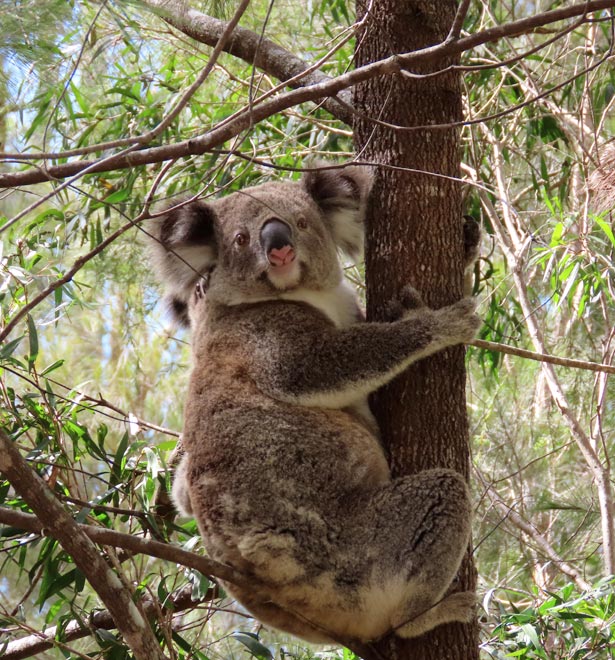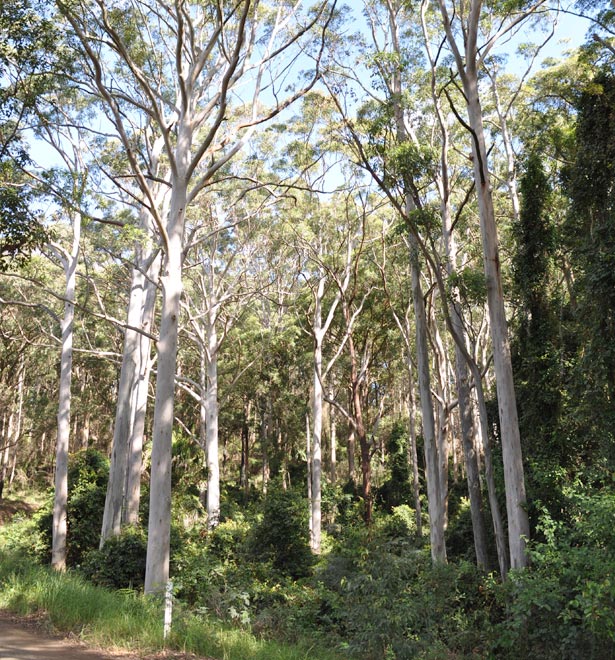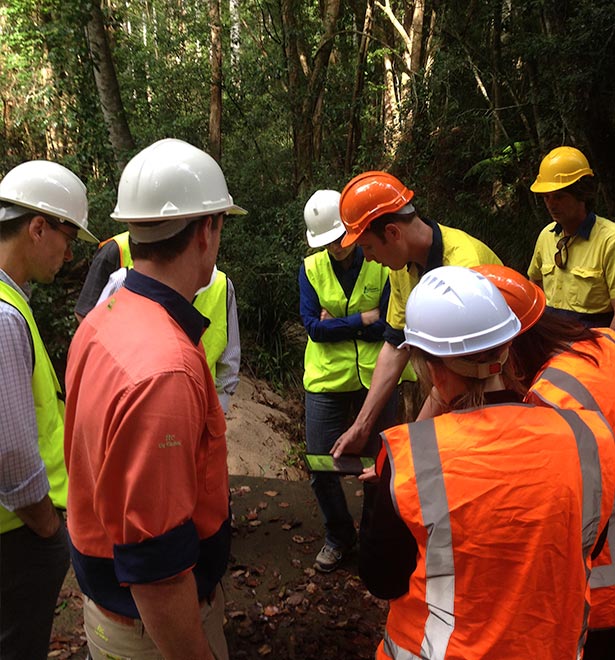
Forestry
Forestry
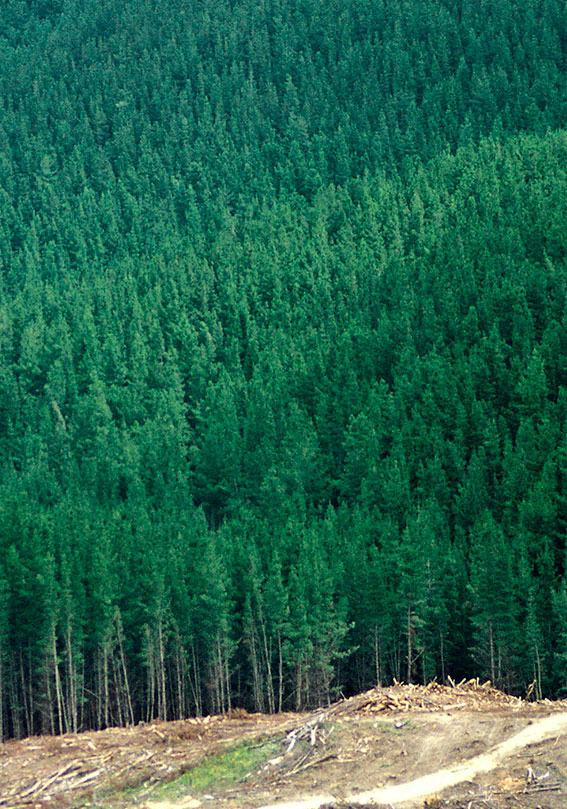
-
Output $578m est. Up 6% yoy
-
No new plantations established in 2017–18
-
Production up by 4% (224,000 m3)
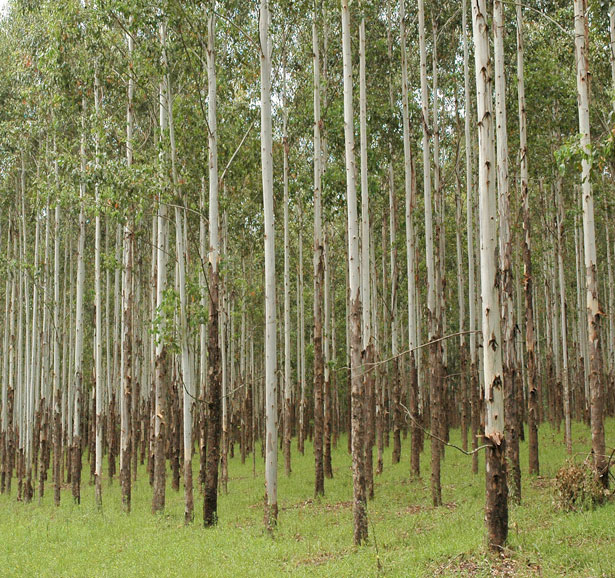
Production continued to increase in 2017–18, however no new plantations were established. A softening housing market reduced domestic demand for softwood. Strong international demand for woodchips, particularly from China, drove exports up, continuing the trend seen over recent years.
At the date of publication, detailed industry information is not available, consequently the following production, plantation and price commentary analyses 2017–18 industry data.
Volume and value of logs harvested
- Hardwood Native
- Hardwood Plantation
- Softwood
Production
NSW log production in 2017–18 continued to increase up by 224,000 cubic metres or 4% year-on-year with softwood production up 1% year-on-year to 4.99 million cubic metres and hardwood production up 20% year-on-year to 1.23 million cubic metres.
Hardwood production accounted for just 20% of production by volume, and came from both native and plantation forests, from which 977,000 and 254,000 cubic metres of logs respectively were harvested.
Pulplogs, harvested mainly for woodchip exports and domestic paper, paperboard and panel production, represented 41% of the NSW harvest in 2017–18. Sawlogs and veneer logs made up 56%. Sawlogs and veneer logs, from which high-quality structural and appearance grade products are manufactured, were primarily for the domestic market7, 8.
Plantations
NSW had 393,200 hectares of commercial plantations in 2017–18, steady year-on-year. It was the second largest total area of Australia’s states and territories second to Victoria’s 420,600 hectares. Softwood plantations accounted for 78% of commercial plantations at 306,000 ha with hardwood plantation area of 87,100 hectares. No new plantations were established in NSW in 2017–187, 8.
NSW’s native and plantation forests and wood processing facilities are primarily located in regional areas. The industry balanced environmental conservation and community position with timber production to ensure forests sustainably deliver multiple benefits to the community for the long term75.
In 2017–18, grazing was permitted in around 330,000 hectares of state forest providing opportunities for farmers to access additional land while reducing fire hazards of weeds and grasses in forests. Four thousand apiculture sites were made available, mainly in native forests, assisting beekeepers who depend on native flora for about 80% of production. Forestry Corporation issued permits for nearly 4,000 tonnes of non-commercial firewood collection in suitable areas to provide communities with access to affordable home heating76.
Wood processing facilities
- Cyprus
- Cyprus and Hardwood
- Softwood and Hardwood
- Softwood
- Hardwood
- Production forests
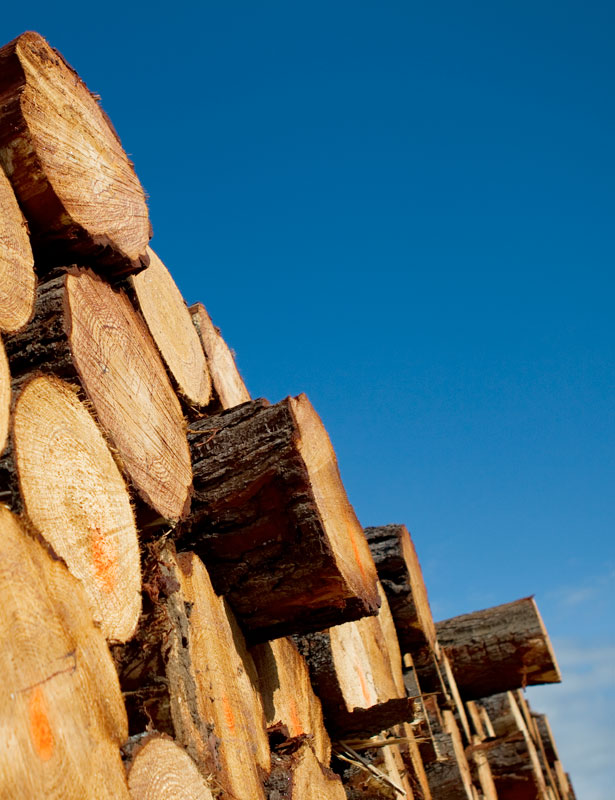
Price
The Indufor Timber Market Survey showed price growth across most manufactured timber products over the year to June 2018. Nominal prices for structural softwoods increased between 8.45% and 14.11% for treated pine and up to 12.9% increase for MGP 10. Nominal prices for outdoor products remained significantly higher than the 12 months to June 2017. Outdoor softwood timber prices increased 5.48% for sleepers and 14.21% year-on-year for treated decking. Index trends for panel products and manufactured wood products slowed towards the end of 2017 but again showed an uplift to June 201896.
Moderate to strong upward price movement was seen across the hardwood flooring product range and structural hardwood timber in the year to June 2018. Hardwood flooring products increased up to 10.37% for Tasmanian oak, while structural hardwood increased from between 3.10% and 8.08% in the same period96.
An oversupply of framing in the Australian market was caused by softening in key housing markets, and oversupply in European export markets, reducing demand for domestic products114.
Trade
In 2017–18, Australian forestry exports increased to $2,351 million, an increase of 12.6% on 2017–18 and more than double 2013−14 exports. State level export data is unavailable87.
After the virtual loss of the Japanese market in 2013–14, China has emerged as Australia’s key export market. Forestry exports to China were up 12.8% year-on-year, accounting for 68% of the total87.
Australian forestry and wood product exports tend to be higher volumes of less processed and lower value products, such as woodchips (mainly from hardwood plantation pulplogs) and roundwood (mostly from softwood plantation sawlogs). Imports are lower volumes of more processed and higher value products, including paper, wood-based panels, sawnwood and miscellaneous forest products7.
Demand from Asia, especially China, pushed woodchip prices to record highs, with the price for premium chips beyond $260 per bone-dry tonne12.
Macroeconomic
Conditions
Demand from China for woodchips exceeded that from Japan, and some mills in Indonesia emerged as valued customers. Woodchips exported to China went into three main product lines: kraft pulp, which produces fine paper such as tissues, etc; dissolving pulp, used for making rayon, a natural fibre that competes against other fibres such as nylon, wool and cotton; and thermomechanical pulp, used for producing high quality cardboard and packaging12. Mills in China were paying top dollar for the sought-after white chip from blue-gum plantations that makes high-grade paper and rayon for clothing13.
However, the export market for logs and planks struggled, as significant changes to the Chinese market affected demand for solid wood12. Construction in China has moved more to the west (away from its east coast), and Russian log and lumber can access China's west at cheaper rates than Australian exports via China’s east coast13.
The Australian Government’s new National Forest Industries Plan was designed to grow Australia’s forestry industries and assist Australia in meeting commitments to reduce carbon dioxide emissions. The plan includes a target of a billion new trees by 2030, to sequester an additional 18 megatonnes of carbon dioxide24, 47. Another goal for the new plantings is to meet our future needs for wood and fibre14.
Despite high global demand, Australia currently stands as a net importer of forest products, with the majority of imports, in terms of value, being pulp and paper - wood chips are exported and re-imported as pulp and paper products14.

